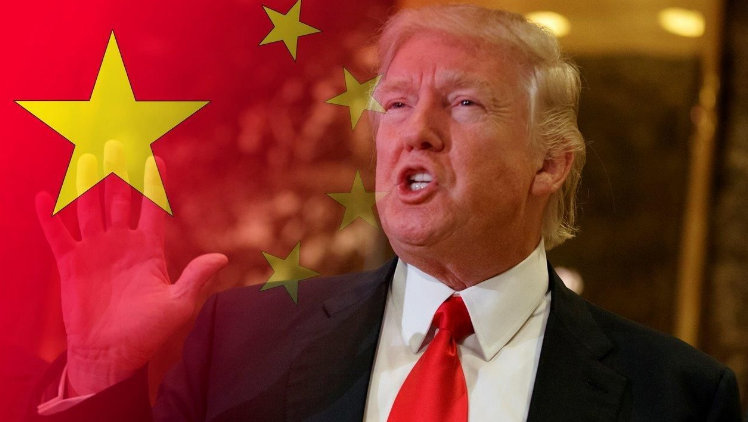Tonight at 9pm local time, President Trump will make his first address to a joint session of the Houses of Congress. It is not a “State of the Union” speech, but it is very keenly awaited as it is expected that the President will flesh out the details of his economic agenda. He has already promised strong tax cuts and a stimulus/infrastructure spending program, and it is logical to assume that he will provide more concrete details of what his proposals to Congress (who must pass all financial measures) are going to be. Obviously, markets are waiting with great attention as “Trumponomics” is still sketchy but nevertheless has had the effect of boosting the U.S. stock market to new all-time highs since the President was elected.
One proposal already leaked, becoming common knowledge yesterday: a 10% increase in defense spending. President Trump believes the U.S. military has been depleted in recent years. This increase will certainly provide a fillip to the defense industry, but Congressional Republicans (who now comprise majorities in both Houses) complain that 10% is not a sufficiently large increase. Without going into details, a 10% increase will really represent a 3% increase in year-on-year spending, and has already been denounced by John McCain as insufficient.
There have been rumors of a 30% cut in State Department funding (the diplomatic corps) and dramatic cuts in the Environmental Protection Agency. Trump has committed himself to not cutting Medicare or Social Security. With the federal government already running a very large budget deficit, and meaningfully large tax cuts on the agenda, the question as to where the money is going to come from to finance these plans is something the President is going to have to at least begin to answer tonight. If he does not, the stock market and U.S. Dollar are likely to fall. If he does, they are likely to rise significantly.
How big might the tax cuts be? Current benchmarks which seem like realistic targets would include a cut in corporation tax from 35% to 25%, and a reduction and simplification of income taxes with only three bands: 12%, 25% and a top rate of 33%. If implemented, it would certainly make the U.S.A. a relatively very low tax economy, and all else being equal, could be expected to boost economic growth, at least in the short term.

